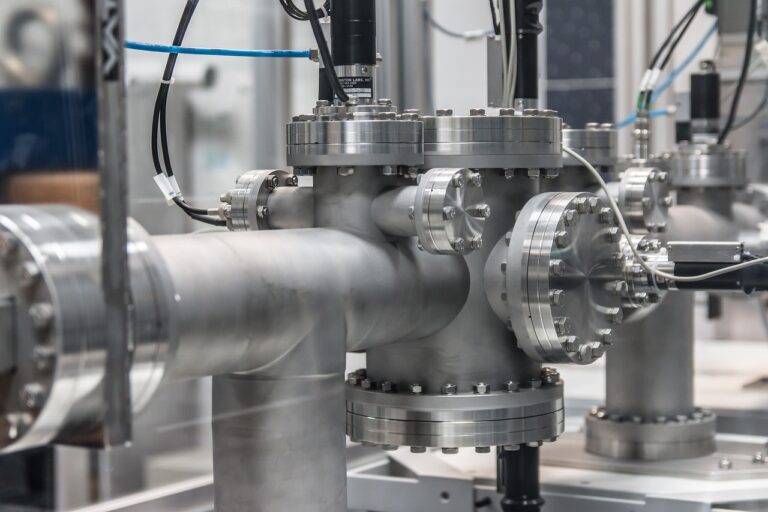Exploring the Potential of AI in Environmental Conservation
Advancements in Artificial Intelligence (AI) technology have brought about significant improvements in monitoring wildlife populations. With the use of AI algorithms and machine learning techniques, researchers and conservationists can now retrieve and analyze large amounts of data more efficiently than ever before. This newfound ability enables them to track and study various species in their natural habitats with greater precision.
AI systems can be programmed to identify and classify animals based on their characteristics, behaviors, and movements. By using remote sensors, drones, and other monitoring devices equipped with AI capabilities, scientists can collect real-time data on wildlife populations. This data can then be used to inform conservation efforts, assess the health of ecosystems, and detect any potential threats or changes affecting different species.
How AI Can Help Predict Natural Disasters
Natural disasters can have devastating impacts on communities and ecosystems worldwide. However, the integration of artificial intelligence (AI) technology is proving to be a valuable tool in predicting and mitigating these catastrophic events. AI algorithms can analyze vast amounts of data from various sources to detect patterns and signals that indicate the likelihood of natural disasters such as hurricanes, earthquakes, and wildfires.
By utilizing machine learning techniques, AI systems are able to process real-time data from sensors, satellite imagery, and historical records to generate accurate predictions of when and where natural disasters may occur. The ability of AI to recognize subtle patterns and anomalies in data that may go unnoticed by humans allows for more timely warnings and strategic responses to potential disasters. This proactive approach enabled by AI not only saves lives but also helps in minimizing the economic and environmental damage caused by natural calamities.
How can AI help predict natural disasters?
AI can help predict natural disasters by analyzing large amounts of data from various sources such as satellite imagery, weather reports, and seismic activity. This data can be used to identify patterns and trends that may indicate an impending disaster.
How does AI monitor wildlife populations?
AI can monitor wildlife populations by analyzing data collected from cameras, drones, and other monitoring devices. This data can help researchers track the movements and behaviors of different species, which can be useful for conservation efforts.
Can AI accurately predict natural disasters?
While AI can help improve the accuracy of predicting natural disasters, it is not foolproof. There are many factors that can influence the occurrence of a disaster, and AI models may not always be able to account for all of them.
Is AI being used in real-time monitoring of natural disasters?
Yes, AI is being used in real-time monitoring of natural disasters. For example, AI algorithms can analyze seismic activity to quickly detect earthquakes and issue early warnings to potentially affected areas.





